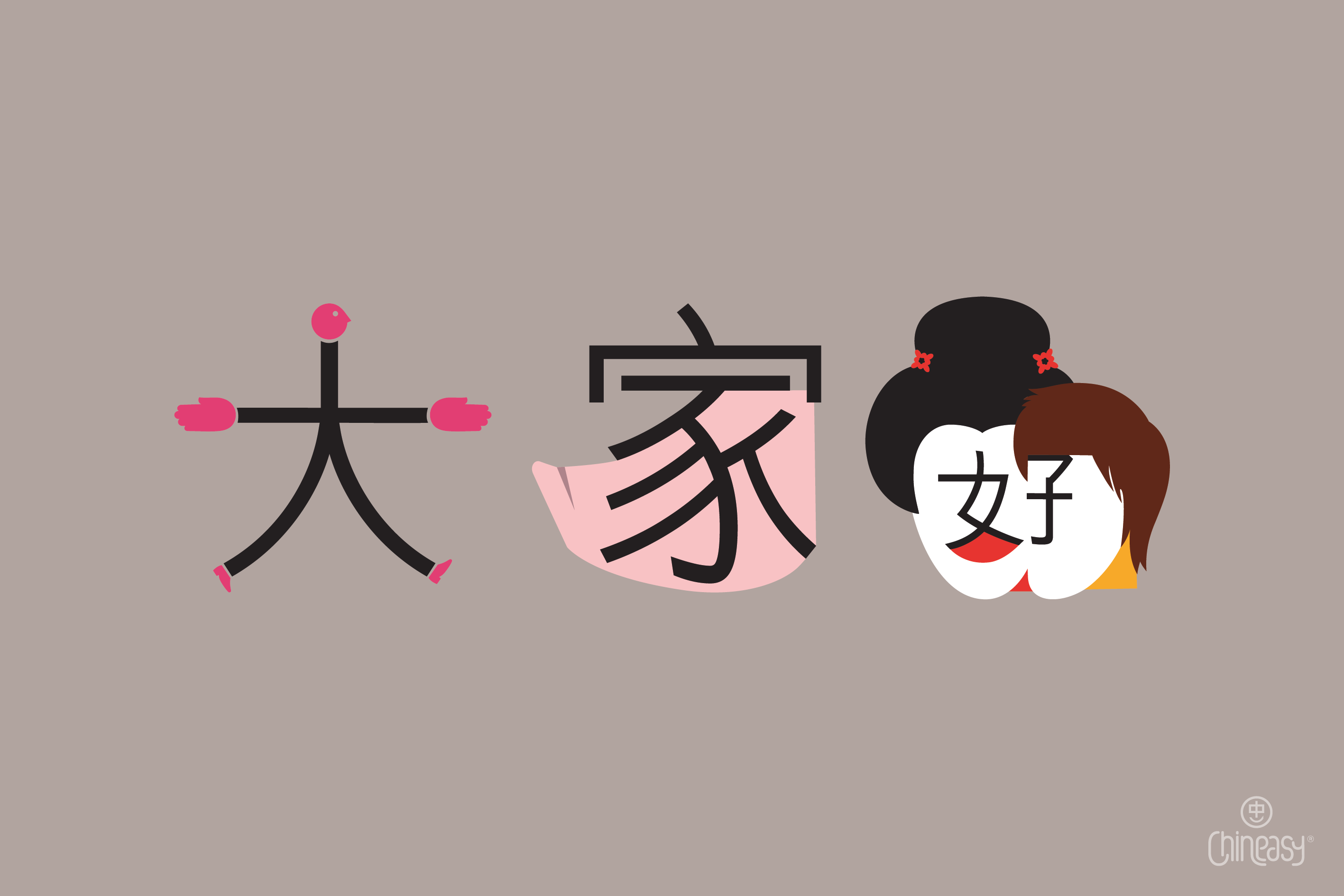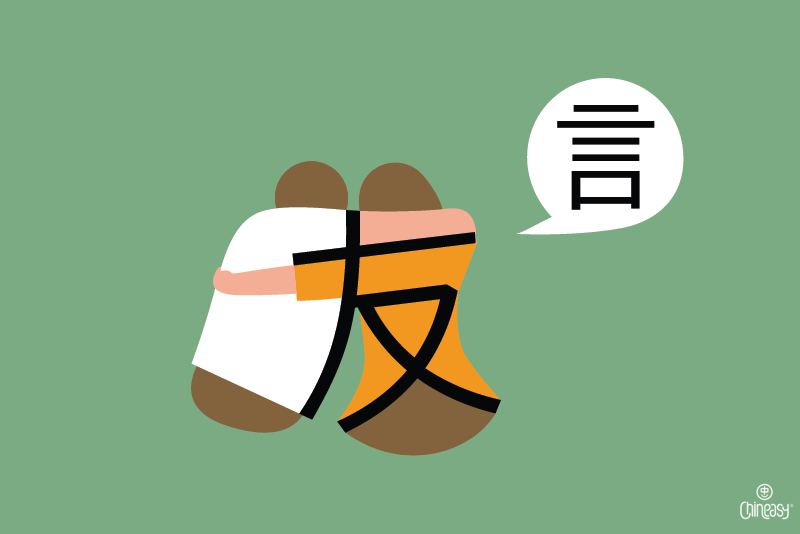Let’s say you’re just starting out with Chinese and want to say something in the language, but you’re not sure if you’re using the right word.
Like many beginners, you might turn to Google Translate for help.
You type in your word and get a Chinese translation. But here’s the catch – Google Translate isn’t always accurate when translating from English to Chinese.
This can be especially challenging for beginners still getting to grips with the language. So, it’s better to use online dictionaries specifically designed for Chinese for more precise translations.
In this post, we’ll introduce you to our top 5 online Chinese dictionaries, all tailored to help beginners on their language-learning journey.
The best part? They’re all FREE!
MDBG
MDBG (https://www.mdbg.net/chinese/dictionary) is a beginner-friendly online Chinese dictionary.
It lets you search for words in Chinese, English, or Pinyin. For instance, if you want to know how to say “football” in Chinese, just type “football” in the search bar.
The site doesn’t just give you the Chinese word for “football,” but also related words like “footballer,” “goalkeeper,” and “football team.” This is really useful if you want to learn more words.
You can also look up individual Chinese characters.
Say you know how to write a character but can’t remember what it means or how to say it. The site has a digital pen tool that lets you write in a writing grid.
It then tries to find the character that matches what you wrote. The site works with both simplified and traditional Chinese, which you can choose from a dropdown menu.
Here’s a tip:
When typing Pinyin into the search bar, leave out the tone mark because the site can’t recognize it.
For example, the Pinyin for “football” (足球) is “zúqiú.” To get the right result, type “zuqiu” in the search bar, not “zu qiu” or “zu2qiu2.”

YellowBridge
YellowBridge (https://www.yellowbridge.com/) is another great tool for beginners learning Chinese.
Among its various features, its online dictionary (https://www.yellowbridge.com/chinese/dictionary.php) stands out.
Like MDBG, you can search for words in Chinese, English, or Pinyin.
If you know how to write a character but can’t remember how to say it or what it means, you can use their digital pen tool to draw it in.
The site’s interface is a bit more complex than MDBG’s, but it does a good job of separating the main word you’re looking for from related words.
For example, if you type “football” in the search bar, it gives you the most common Chinese word for “football,” 足球, and lets you listen to how it’s pronounced.
Then, on the same page, it shows you lists of words that share the same beginning (“head word”) or ending (“tail word”) as 足球.
Here’s a tip:
When typing Pinyin into the search bar, you can include tone numbers (1-5), or leave them out.
You can also type Pinyin syllables together or separate them with a space, like “zuqiu” or “zu qiu.” Both ways work.
But don’t use tone marks. For example, typing “zúqiú” or “zú qiú” won’t get you any results.
LINE Dict
LINE Dict (https://dict.naver.com/linedict/zhendict/dict.html#/cnen/home), previously known as Nciku, is another favorite online Chinese dictionary.
Like the others, it lets you search in different ways.
But LINE Dict stands out because it shows lots of example sentences using the Chinese word you’re looking for.
It even gives you synonyms and antonyms, which is really helpful when you’re learning words with opposite meanings like 好 (good) and 坏 (bad), 高 (tall) and 矮 (short), or 冷 (cold) and 热 (hot).

The site also has audio clips for Chinese words and sentences. The audio quality is much more natural-sounding than on the other sites.
The only downside is that LINE Dict only supports simplified Chinese, so it might not be the best choice if you’re learning traditional Chinese.
Here’s a tip:
The site works best when you’re going from Chinese to English rather than the other way around.
That’s because when you type in English, the site tends to focus more on English than Chinese.
So, to get the most out of it, try typing in Chinese characters, words, or Pinyin, or use the digital pen tool to write a character.
Also, if you’re studying for the HSK exams, you’ll love this feature – the site tells you if words are part of the HSK vocabulary.
ArchChinese
ArchChinese (https://www.archchinese.com/chinese_english_dictionary.html) might not be as famous as other online dictionaries, but it’s a hidden gem for Chinese learners.
It boasts a great dictionary and has unique features to help you understand Chinese characters deeply.
In its dictionary, you can search using Pinyin, Chinese, or English.
For every search, you get related phrases or words that start or end similarly. And you can see the search result giving you both simplified and traditional Chinese.
If you dive into a single character, the site shines. ArchChinese breaks the character down, showing which parts come together and their meanings. This is super handy for tricky characters.
Plus, there’s a writing animation. It guides you on how to write the character step by step, so you’ll know the right stroke order.
And if you’re curious about other characters with the same sound, the site lists them too.
Don’t miss out on the site’s radical table; it helps you recognize patterns in characters, making learning easier.
Here’s a tip:
Try the site’s fuzzy search.
If you’re unsure about a word, like “football” in Chinese (足球 or zú qiú), just type in “* qiu” or “zu *” in the search bar. The asterisk acts like a wildcard, filling in the blanks for you.
HanziCraft
HanziCraft (https://www.hanzicraft.com/) is all about the depth and beauty of Chinese characters, or Hanzi (漢字/汉字; hàn zì).
This online tool is a treasure for anyone wanting a deeper grasp of individual Chinese characters.
With its search function, you can explore both individual characters and multi-character words. When you enter a word with several characters, each character gets its own detailed section.
One cool thing about HanziCraft is its focus on frequency.
For instance, when you search for “大,” meaning “big,” the site shows that it’s the 17th most common character.
Additionally, it showcases words that start or end with your searched character and ranks them by frequency, like “high frequency” or “medium frequency.”
You get a quick peek at their pronunciation and meaning by hovering over these words.
This frequency feature is brilliant for learners: it guides you on which words are most commonly used so you know what to prioritize in your studies.
Here’s a tip:
One of HanziCraft’s standout sections is “pronunciation clues.”
For example, for the character 妈, it explains: “Pronunciation clue for 妈 (ma1): The component 马 is pronounced as ‘ma3’. It has the same pronunciation as the character, but differs on tone.”
This gives a better idea of the pronunciation and a better grasp of speaking them correctly.
In wrapping up, it’s clear that there are numerous online dictionaries at your fingertips to aid in your Chinese learning journey.
These resources can be invaluable in clarifying meanings or diving deep into the nuances of characters.
However, remember, successful language learners also embrace the unknown.
While it’s tempting to look up EVERY unfamiliar word, sometimes it’s beneficial to push through the uncertainty. Embrace the context, make educated guesses, and move on. Over time, this builds resilience and a natural feel for the language.
Happy learning, and remember, every word you don’t look up is a step towards fluency.



